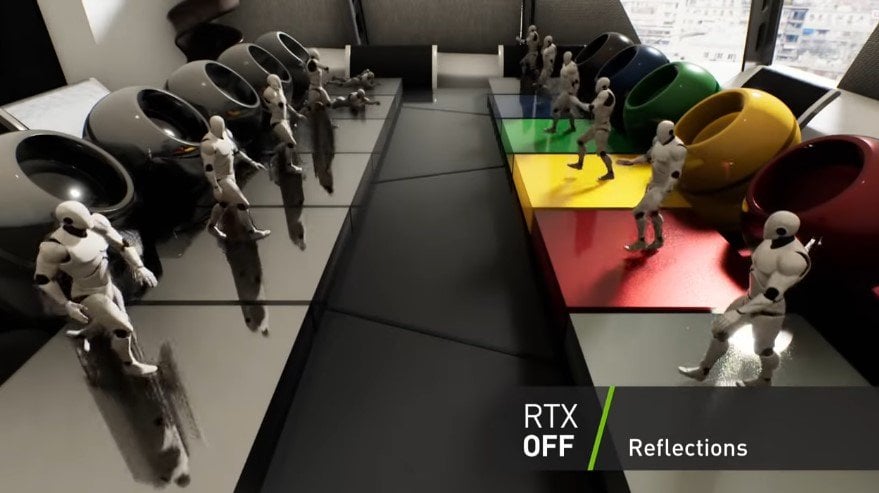Last night, Nvidia debuted its new Turing architecture, revealing some essential details regarding the first graphics card that will use it. Turing architecture is equipped with a dedicated “RT Core,” which is hardware that is made to drive ray tracing, a technique that is responsible for more lively light effects, although it has been pretty hard to deliver such realistic experiences in real-time.
The company revealed its Turing-based Quadro RTX as the “world’s first ray-tracing GPU,” adding that this was the largest leap of the company since the initial introduction of CUDA cores in 2006.
“Turing is NVIDIA’s most important innovation in computer graphics in more than a decade,” Jensen Huang, founder and CEO of NVIDIA, said at the start of the annual SIGGRAPH conference. “Hybrid rendering will change the industry, opening up amazing possibilities that enhance our lives with more beautiful designs, richer entertainment and more interactive experiences. The arrival of real-time ray tracing is the Holy Grail of our industry.”
Nvidia’s Quadro RTX products will be used for top-end and professional use, rather than gaming. The graphics will cost $10,000 when it releases to the public at the end of the year.
The $10,000 GPU comes with 48GB of new GDDR6 memory, followed by 4,608 CUDA cores and 576 Tensor cores. The ray tracing capabilities will be clocked at 10 gigarays per second, adding more general performance at 16 teraflops. The GPUs will be equipped with NVLink, Nvidia’s interface that allows use of multiple cards. Also, they support the VirtualLink standard for powering VR headsets using nothing other than a USB-C cable.
These announcements were made at SIGGRAPH, a conference that is intended for computer graphics experts. During Gamescom, that is to be held next week, it is expected that Nvidia will be making more announcements regarding its new Turing architecture, as well as the generation that will be intended for the consumer market, meaning the GeForce gaming GPUs.
“This is a significant moment in the history of computer graphics,” said Jon Peddie, CEO of analyst firm JPR. “NVIDIA is delivering real-time ray tracing five years before we had thought possible.”
Several weeks ago, we wrote about the “spectacular surprises” that Nvidia promised for the visitors of Gamescom next week. One of those surprises could definitely be the next generation of Nvidia GPUs intended for gaming. Moreover, more details could be disclosed on how its ray-tracing technique could be used in games.
Turing architecture is named after the computer scientist and mathematician Alan Turing, who was one of the first people with the idea of a computer, making the Turing Machine that could abstractly solve any algorithm. Nvidia even gave a tribute to Turing a few months ago for his birthday on Twitter, hinting that the Nvidia new Turing architecture would be named after the scientist.
Happy Birthday to Alan Turing, the remarkable pioneer of #computerscience. https://t.co/0n4Zb5KkLm #onthisday pic.twitter.com/DJZyLah0GE
— NVIDIA (@nvidia) June 23, 2018





